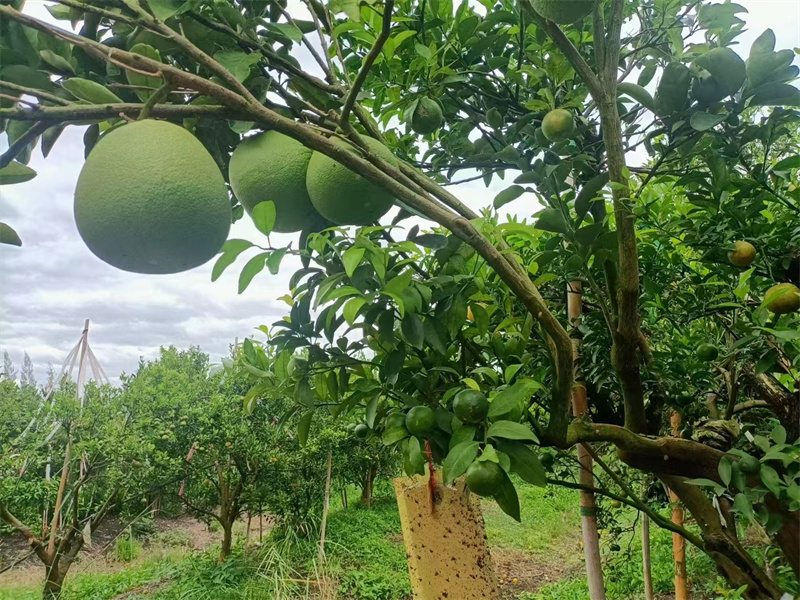|
A Guide to Plastic Recycling BY MARC LALLANILLA
Updated 10/11/17
Our world and our oceans are saturated with plastic, so plastic recycling is more important than ever. Here are some basic facts about recycling plastic, and how to reduce the impact that plastics have on the environment.
Why Recycle Plastics?
According to some estimates, plastics make up about 10% of the waste stream in the United States. Most plastics are made using natural gas or some other kind of petrochemical product. When more plastic is used, more petroleum products are needed -- and the environmental impacts of the petrochemical industry have been well documented. Plastic bottles, for example, have come under scrutiny as more people use them for drinking bottled water. In 1976, the average American drank 1.6 gallons of bottled water a year. But that number leaped to 28.3 gallons per year in 2008. In 2015, that rose to 36.3 gallons per person. And only about 25% of those plastic bottles get recycled -- but recycling one ton of plastic saves an estimated seven cubic yards of landfill space.
Plastic Recycling Symbols
What do the numbered recycling symbols on plastic items mean? They specify the type of plastic that the item is made of, and how it can be reused. For example, the recycling symbol with the number 2 is the symbol for HDPE, or high-density polyethylene. HDPE is a very tough, durable plastic that's easily recycled into products like plastic lumber.
There are a total of seven numbers assigned to plastics that identify the type of plastic resin used in the material. These numbers referred to as the resin identification code, are used to sort plastics during the recycling process.
Recycling Plastics vs Downcycling Plastics
When plastics are recycled, they are usually "downcycled," that is, they are used to make a lower-quality form of plastic.
Plastic water bottles, for example, cannot be recycled into new plastic bottles. Instead, the resins from plastic bottles are used to make fibers for pillows and insulating fill for winter jackets.
Common products that are made from recycled plastics include toys, car parts, imitation or plastic lumber, drainage pipes, clothing fibers, tables, park benches, parking lot bumpers, railroad ties, truck bed liners and garbage receptacles. And most of these cannot be recycled, making plastics a "dead-end" waste stream.
Problems With Recycling Plastics
Not everyone is enthusiastic about the recycling of plastics. There is some disagreement over the "green" nature of plastic recycling, which requires a significant amount of labor and energy (often from fossil fuels). A report from the Ecology Center in Berkeley, Calif., states that processing recycled plastic costs more than using virgin plastic resins, which shrinks the market for recycled plastics.
The same Ecology Center report emphasizes that the best way to minimize the impact that plastics have on the environment is not by recycling, but by first reducing the use of plastics overall. They recommend using recyclable glass or paper containers and reusing plastic containers -- a plastic bottle, they note, can be refilled and reused dozens of times.
Source: https://www.thespruce.com/plastic-recycling-1708625
|  Haha, I’ve got a helper now!
Xuefeng
September 8, 2024
(Translation edited by Q
Haha, I’ve got a helper now!
Xuefeng
September 8, 2024
(Translation edited by Q
 Haha, I felt young again!XuefengYesterday morning, after breakfast, I started ch
Haha, I felt young again!XuefengYesterday morning, after breakfast, I started ch
 Papaver rhoeas: The Designated Flower of Lifechanyuan
by Xuefeng
August 20, 2024
Papaver rhoeas: The Designated Flower of Lifechanyuan
by Xuefeng
August 20, 2024
 Joyful Games and Warm Welcome for Gabi at Lifechanyuan's Thai Home
Qianzi Celest
Joyful Games and Warm Welcome for Gabi at Lifechanyuan's Thai Home
Qianzi Celest
 Chilean Girl Gabi Experiences the Life of Lifechanyuan Thailand Second Home Comm
Chilean Girl Gabi Experiences the Life of Lifechanyuan Thailand Second Home Comm
 Another Clean and Tidy Joy House
In the tourist resort Holy Land Home, the guide
Another Clean and Tidy Joy House
In the tourist resort Holy Land Home, the guide
 Post time 2017-11-03 12:52:42
|
4056views0replies
Show the author posts only
|View large image
Post time 2017-11-03 12:52:42
|
4056views0replies
Show the author posts only
|View large image
 |Descending
|Read mode
|Descending
|Read mode





 Favorites
Favorites Relay
Relay Shares
Shares Collection
Collection